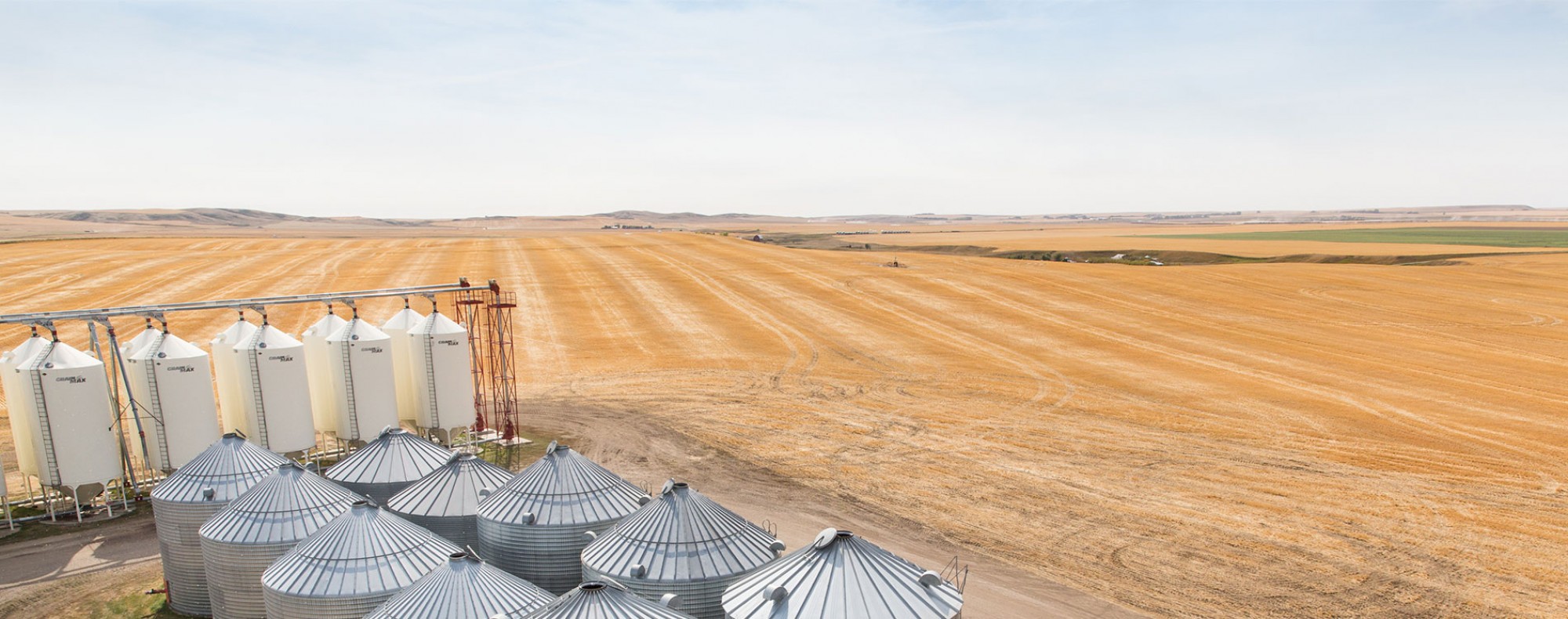Integrated Management of Stripe Rust in Wheat for Alberta (2016-2019)
Integrated Management of Stripe Rust in Wheat for Alberta
AWC contribution: $252,000
Start date: March 1, 2016
End date: February 28, 2019
Summary:
This 3 year research project aims to monitor incidence and severity of stripe rust in Alberta through annual surveys, determining the virulence of prevalent wheat races, and identification and characterizing new sources of resistance including introgression of genes into wheat grown in western Canada.
Objectives:
- Monitor incidence and severity of stripe rust in Alberta in both winter and spring wheat fields from early spring to late July in annual surveys and determine the virulence of prevalent races.
- Identification and characterization of new sources of resistance including introgression of these novel resistance gene into important classes of wheat (CWRS, CPS, SWS) grown in Alberta.
- Broadening the genetic base of western Canadian spring wheat resistance against stripe rust
- Development of wheat cultivars with improved rust resistance.
Benefit to producers:
Severe stripe rust epidemics may lose up to 50% of yield, this constitutes to more than a billion dollar damage annually. Although stripe rust can be reduced through forecasting, agronomic management practices, and applying fungicides, the most economical and environmentally friendly approach would be to develop resistant cultivars. Research findings will improve our understanding of the genetics of stripe rust resistance in western Canada and will facilitate development of stripe rust resistant wheat cultivars in the future.
Bio:
Dr. Dean Spaner has been a professor for 15 years as a wheat breeder and agronomist at the University of Alberta. His research group works in two general areas:
- Conventional breeding (and genetic research) of wheat.
- Agronomy and breeding of wheat for organic agricultural environments.
They work mainly in the fields and in greenhouses. In addition to a fully operational modern research farm and greenhouse facilities, they also have 11 acres of farmland on the South Campus devoted to organic agricultural research. They conduct some research on organic and conventional farms in central Alberta, and in affiliation with the Cereal Development Centre of Alberta Agriculture, Food and Rural Development in Lacombe. They collaborate extensively with many breeding programs within the Agriculture and Agri-Food Canada network, and trial much material from CIMMYT in Mexico
Project Completion Report
The net revenue from Canadian wheat sales returned directly to producers was about $4.8 billion in 2010. Stripe rust of wheat can cause yield losses up to 50% and loss of quality. In western Canada, Alberta is a hotspot for stripe rust because of the close proximity of southern Alberta to the Pacific Northwestern United States where the pathogen overwinters and annual infections originate. The stripe rust pathogen is highly aggressive and variable on wheat and triticale, quickly evolving new races that overcome existing resistance. Potential yield losses could therefore approach over a billion dollars annually.
The objectives of the project were to:
- Monitor incidence and severity of stripe rust in Alberta in both winter and spring wheat fields from early spring to late July in annual surveys and determine the virulence of prevalent races.
- Identification and characterization of new sources of resistance including introgression of novel resistance genes into important classes (CWRS, CPS, SWS) of wheat grown in Alberta.
Over the duration of this project we conducted surveys and found that numerous wheat lines traditionally resistant to stripe rust were seriously affected, which clearly demonstrated the stripe rust race composition included new and very aggressive stripe rust races. We found a constant infection level in farmers’ fields throughout the southern part of the province. We found some genes which were immune to stripe rust and would therefore provide wheat breeders options for developing stripe rust resistant cultivar. We were further able to map some resistance genes which will allow breeders to more accurately cross them into new cultivars. In addition we have developed numerous breeding lines at different stages of development, which will likely become stripe rust resistant cultivar. And we did register and release a cultivar of CWRS wheat which pooled multiple resistant genes into a new cultivar. This cultivar will be marketed in the future under the name of Sheba.
